Best things to do in Umbria
We just had the opportunity to see Umbria on an epic one-week road trip. Umbria is a region famous for its ancient beauty, fascinating history, and delicious food.
We just had the opportunity to see Umbria on an epic one-week road trip. Umbria is a region famous for its ancient beauty, fascinating history, and delicious food.
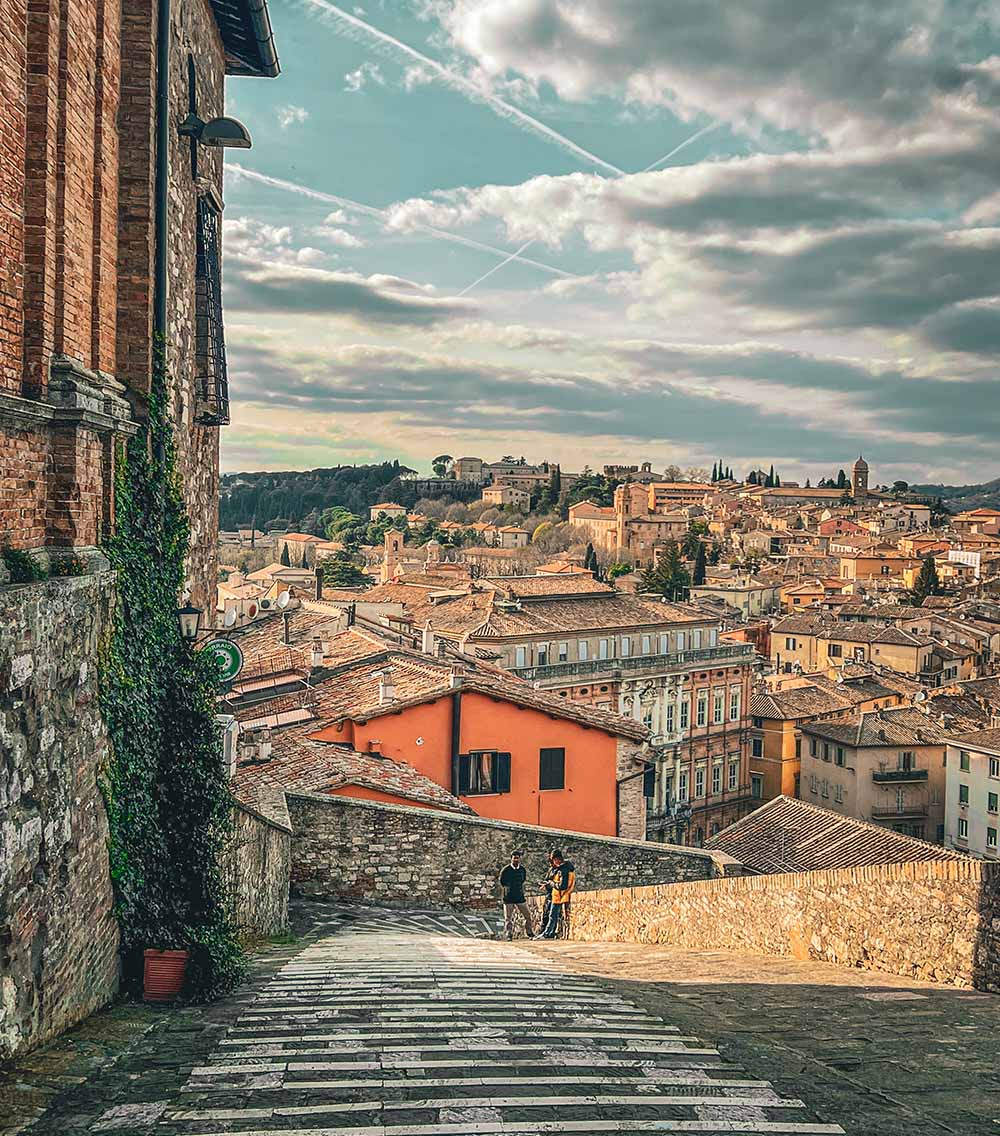
It is located in the center of Italy and amazed us with its stunning scenery and quaint atmosphere, from the undulating hills covered with grapevines to the medieval villages situated on hilltops. Traveling through quiet farmland, bustling piazzas, and historic lanes, each turn revealed a different aspect of this amazing region and highlighted the many things to do in Umbria.
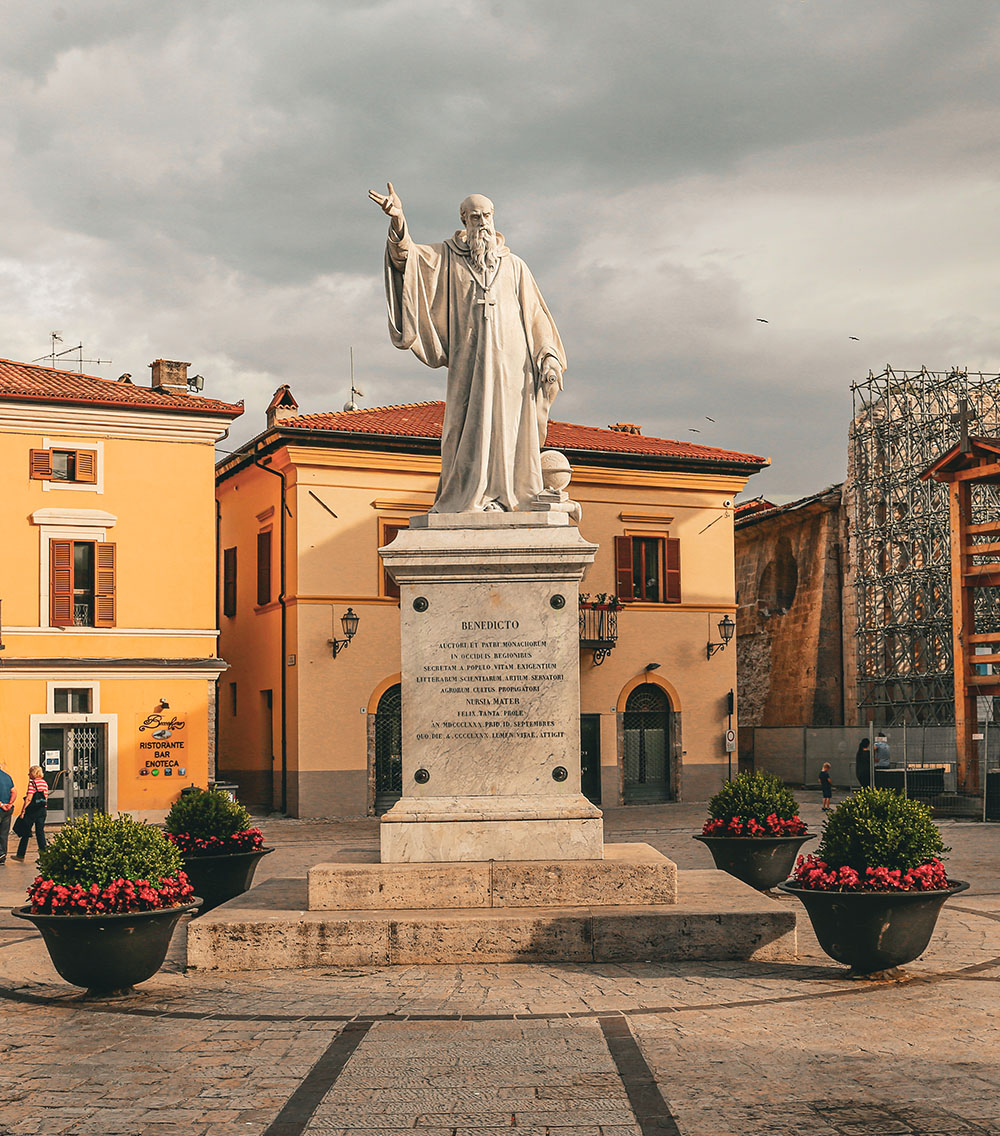
You can fly into Perugia Airport (PEG), which is located within the Umbria region. However, Perugia Airport only has short-haul flights. The other option is to fly into Rome Fiumicino Airport (FCO) or Rome Ciampino Airport (CIA). From there, take the “Leonardo Express” train into Rome’s central station, Termini, and get a train up to Perugia. Other airports that serve Umbria are Ancona Airport (AOI), Florence Airport (FLR), Pisa Airport (PSA), Bologna Airport (BLQ), and Genoa Airport (GOA).
Perugia is Umbria’s main railway hub and links the area to important Italian cities such as Rome, Florence, and Milan. Frequent trains functioned by Trenitalia provide both high-speed and regional connections. It is simple to see Umbria from Perugia thanks to the local buses and trains that go to the smaller towns.
Major cities such as Perugia, Assisi, and Orvieto are linked by bus services that run routes both within and outside of Umbria. Getting around the picturesque countryside and between towns is made more affordable and flexible by bus. Well-connected to Umbria’s ancient centers, the major bus terminals provide easy access to lodging and activities.
Umbria is easily reached from Rome by the Autostrada del Sole (A1), which offers a straight path that usually takes two hours. Once in Orte, visitors may go to Terni by following the signs, then on to their intended location in Umbria.
Driving to Umbria from Florence takes around 1.5 to 2 hours on the A1 highway headed south toward Rome.

The best way to experience Umbria is to rent your own car! We recommend booking well in advance using price comparison sites like rental cars if traveling in the peak summer season.
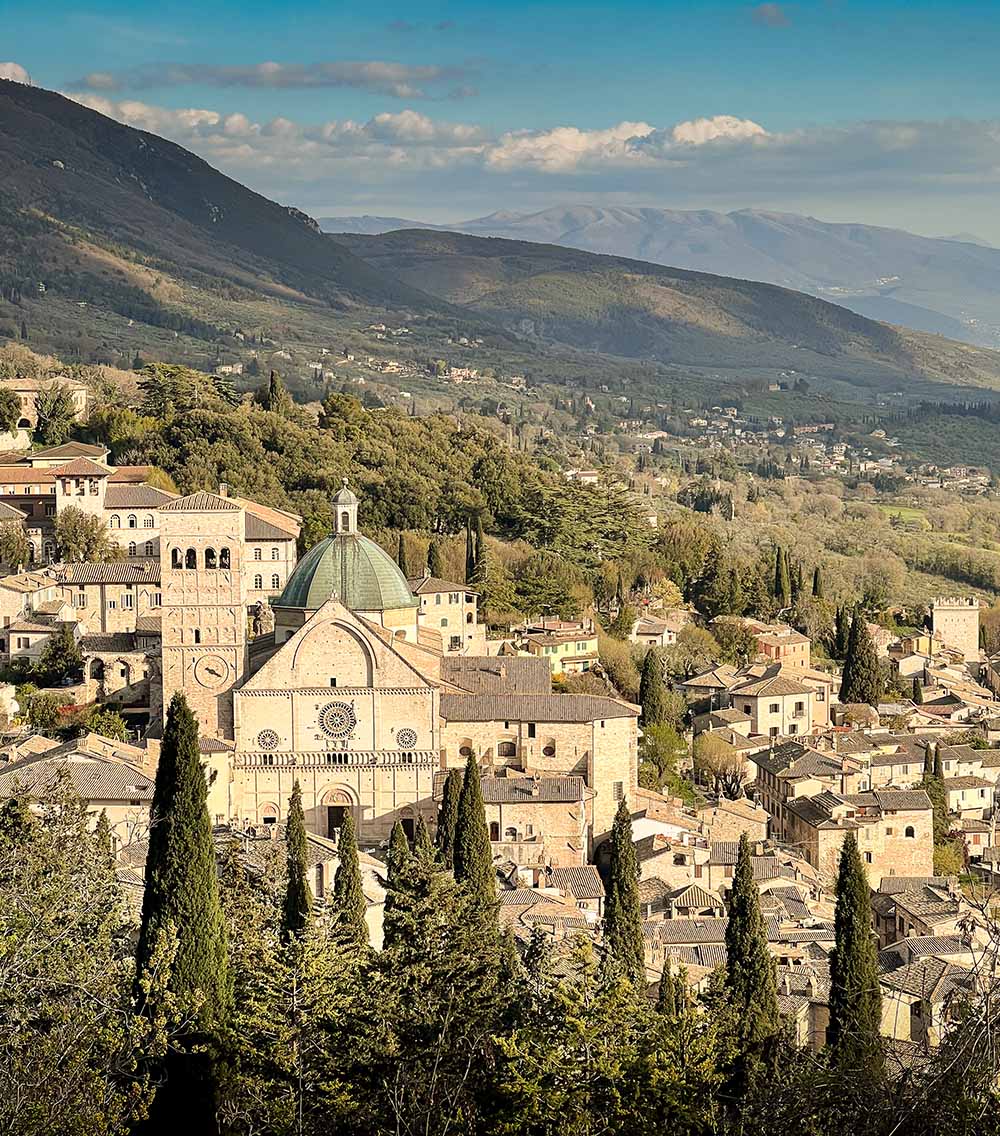
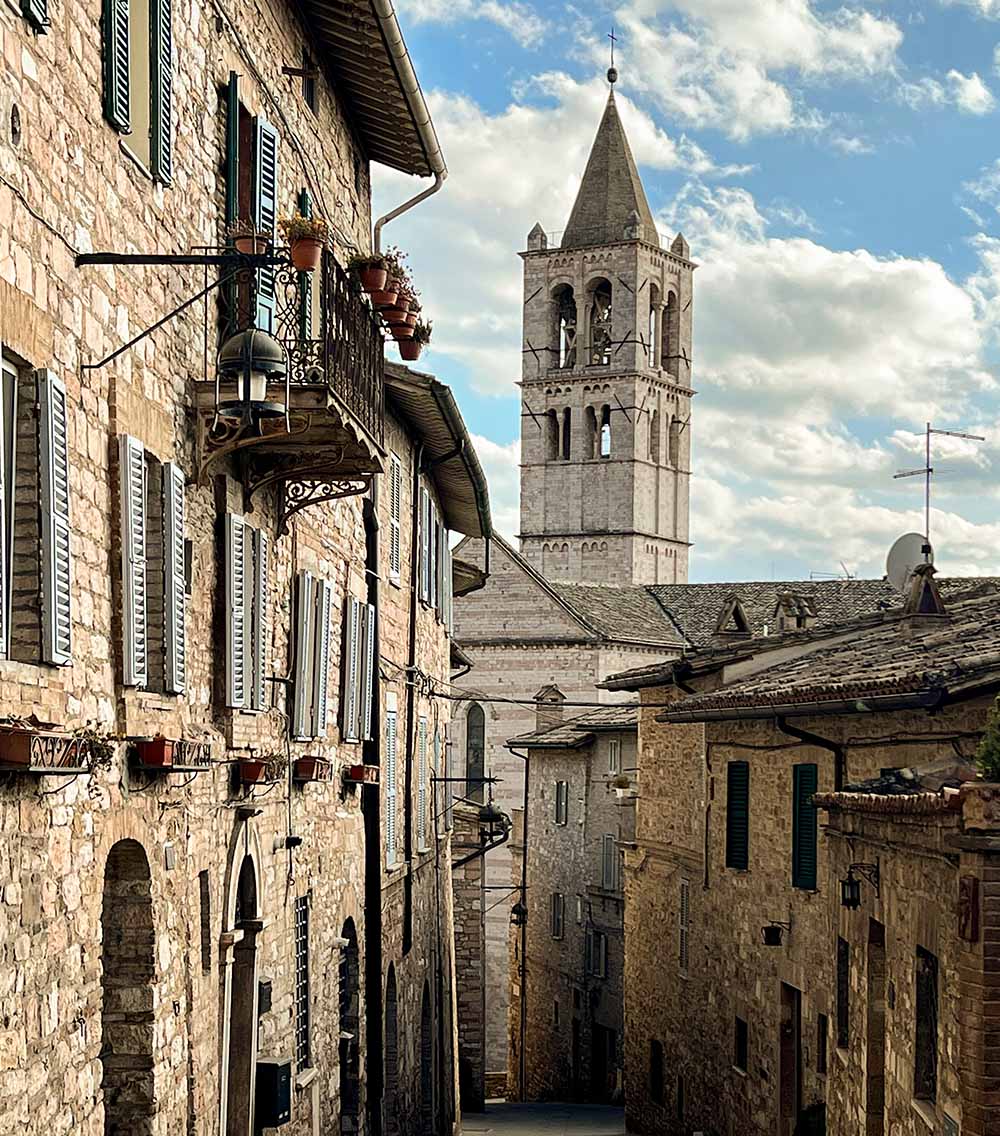
St. Francis’s birthplace of Assisi is linked to spirituality and artistic magnificence. A monument to this is the Basilica of San Francesco, a UNESCO World Heritage site, which has magnificent murals of St. Francis’s life by Giotto and Cimabue. Experience both the Upper and Lower Basilicas, which both provide an insight into the life and enduring impact of one of the most venerated saints in Italy.
An interesting architectural treasure in Assisi is the Basilica of Santa Chiara, which is devoted to St. Clare. Its unique pink and white façade beckons tourists to explore its elaborately frescoed Gothic-Romanesque interior, which includes St. Clare’s own tomb.
In the Basilica di Santa Maria degli Angeli, at the base of Assisi, lies the Porziuncola, a little chapel where St. Francis established the Franciscan order. Grand in size and calm in mood, the basilica is a popular pilgrimage destination and a tranquil haven for introspection.
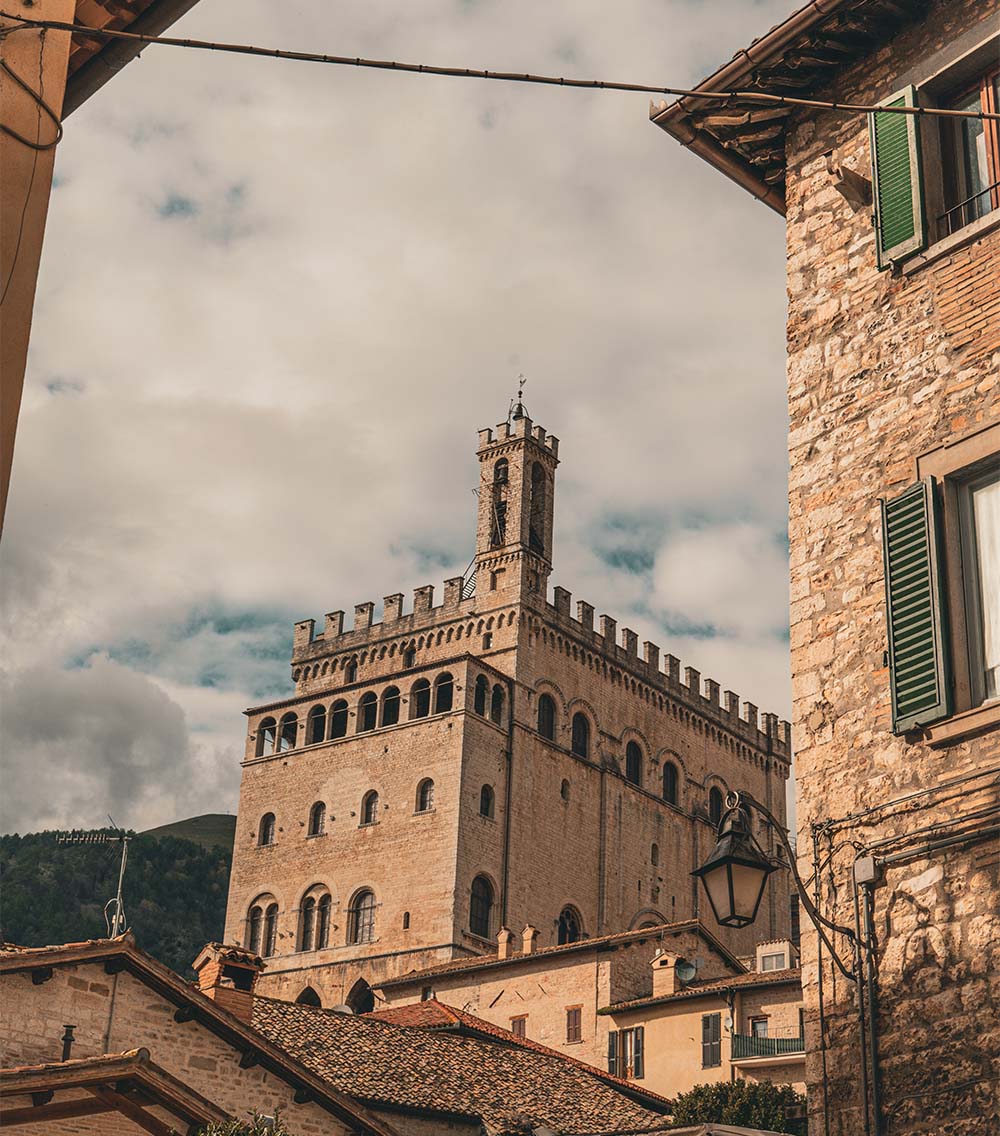
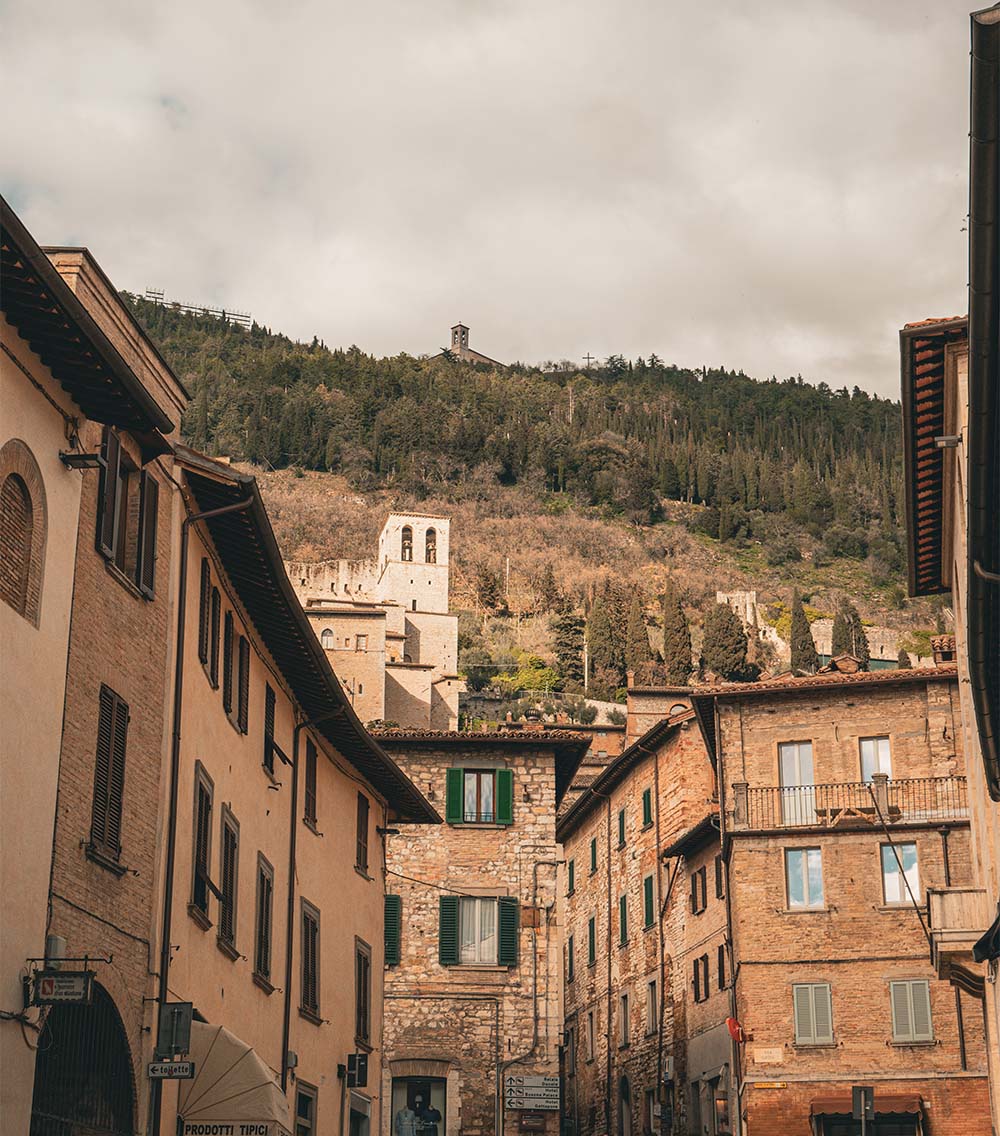
The Piazza Grande is the focal point of Gubbio, a medieval town renowned for its beautifully maintained historic center. This area, which is encircled by historic mansions and the massive Palazzo dei Consoli, provides expansive panoramas of the surrounding countryside and is the site of the lively Corsa dei Ceri festival, an annual celebration of regional customs.
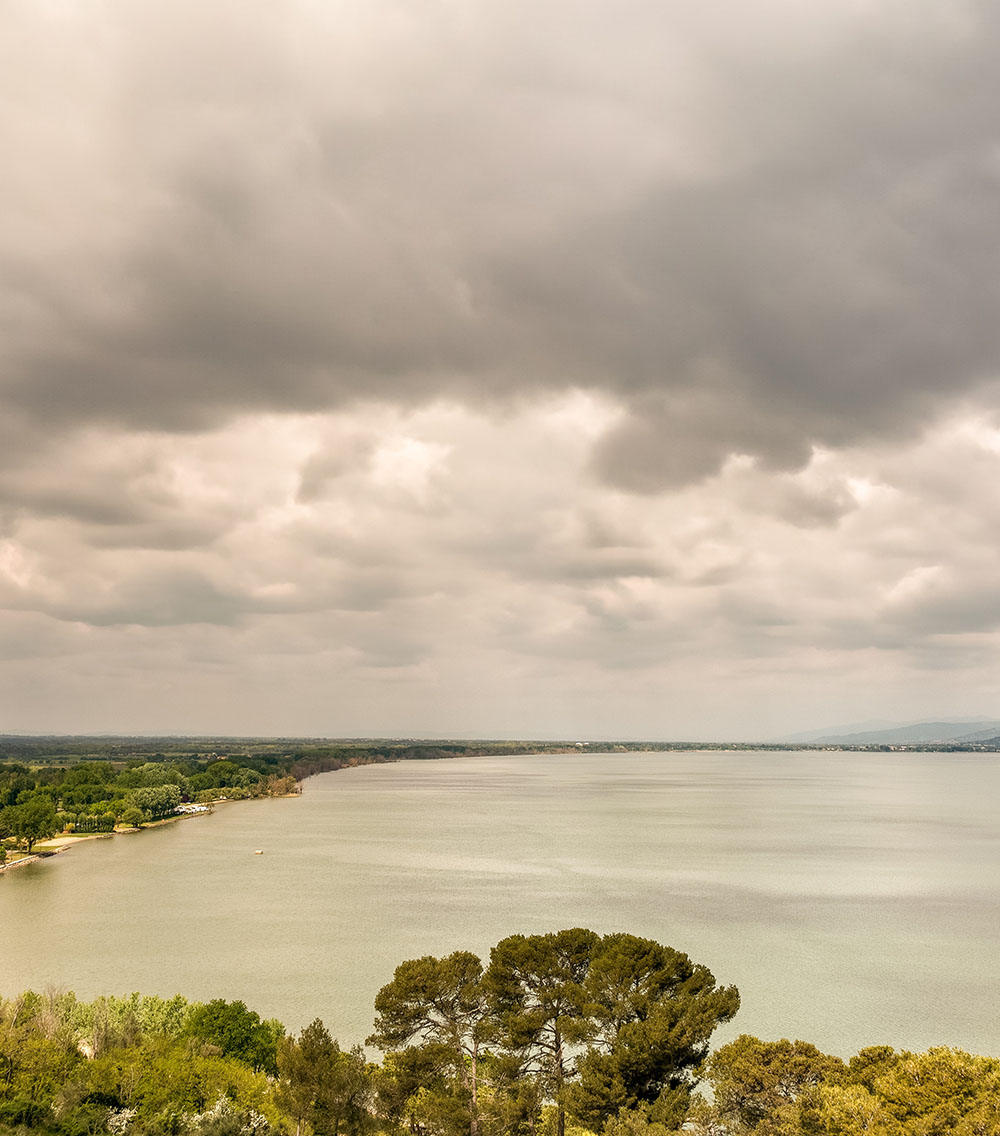
The largest lake in Italy south of the Po River, Lake Trasimeno is a peaceful haven surrounded by charming villages and lush hills. Its three islands, Isola Maggiore, Isola Minore, and Isola Polvese, are accessible by leisurely boat trip, or visitors may discover the quaint lakeside villages of Castiglione del Lago and Passignano sul Trasimeno.
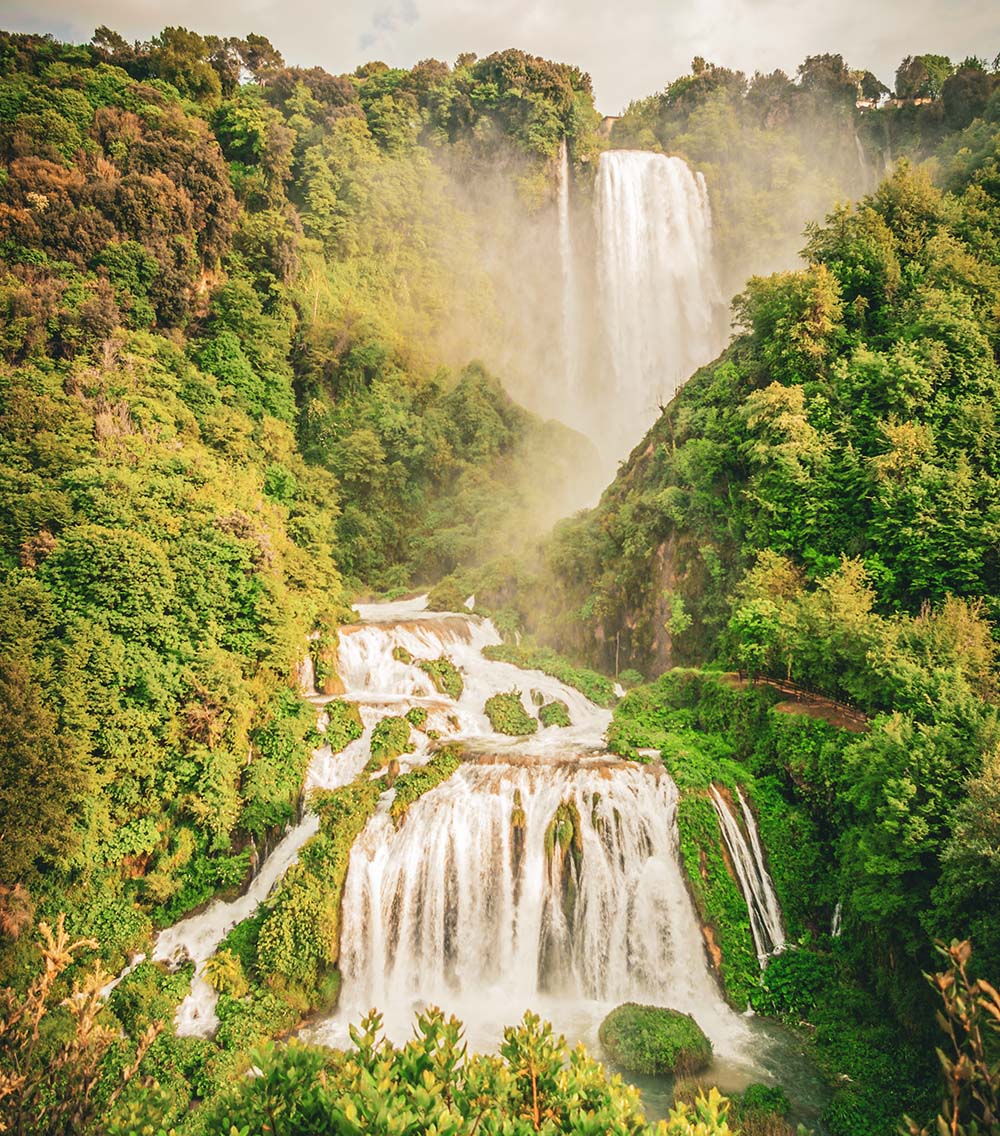
165 meters (541 feet) in height, the Marmore Waterfall is among the highest man-made waterfalls in Italy. Tucked down in the Nera River Valley close to Terni, this magnificent waterfall provides beautiful vistas and trekking paths that wind through verdant surroundings and towering rocks.
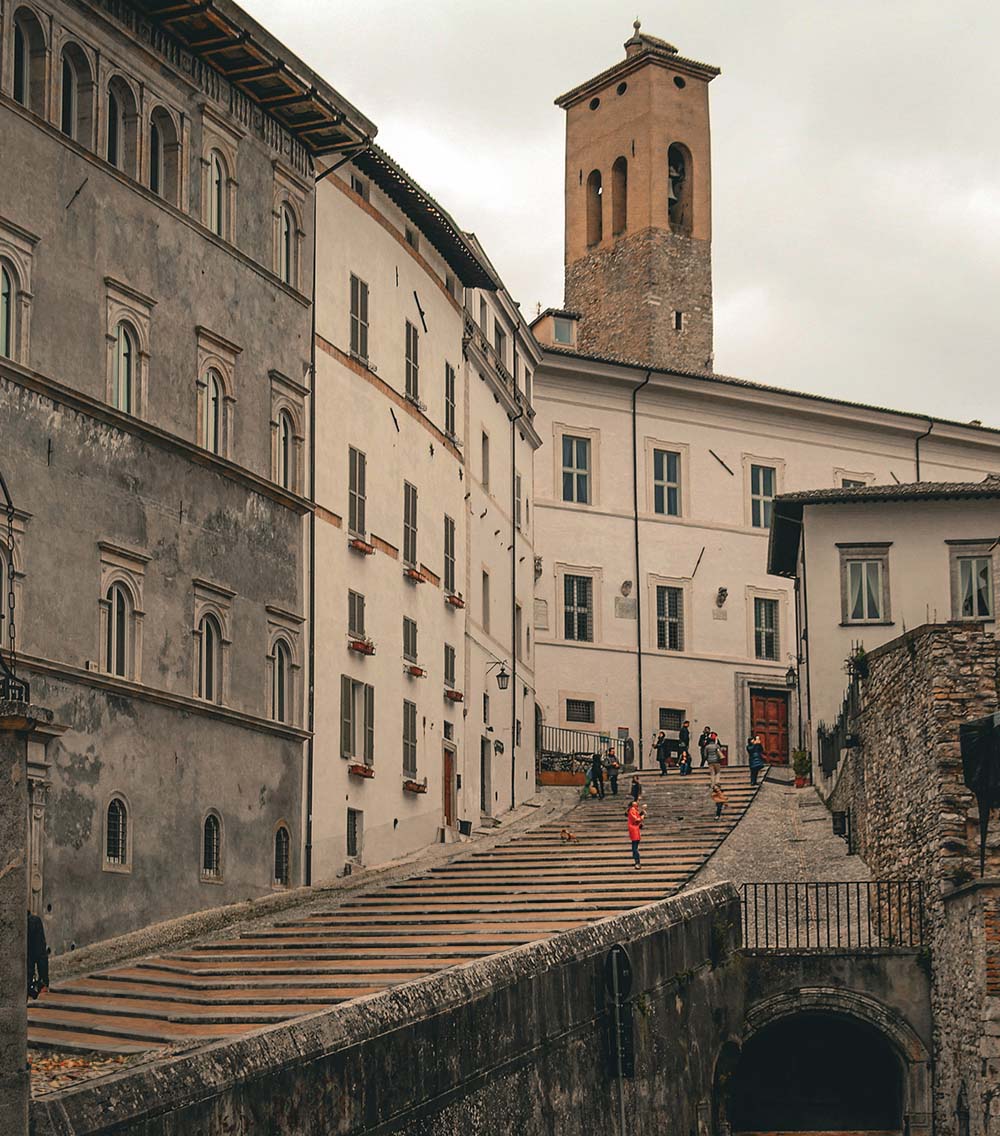
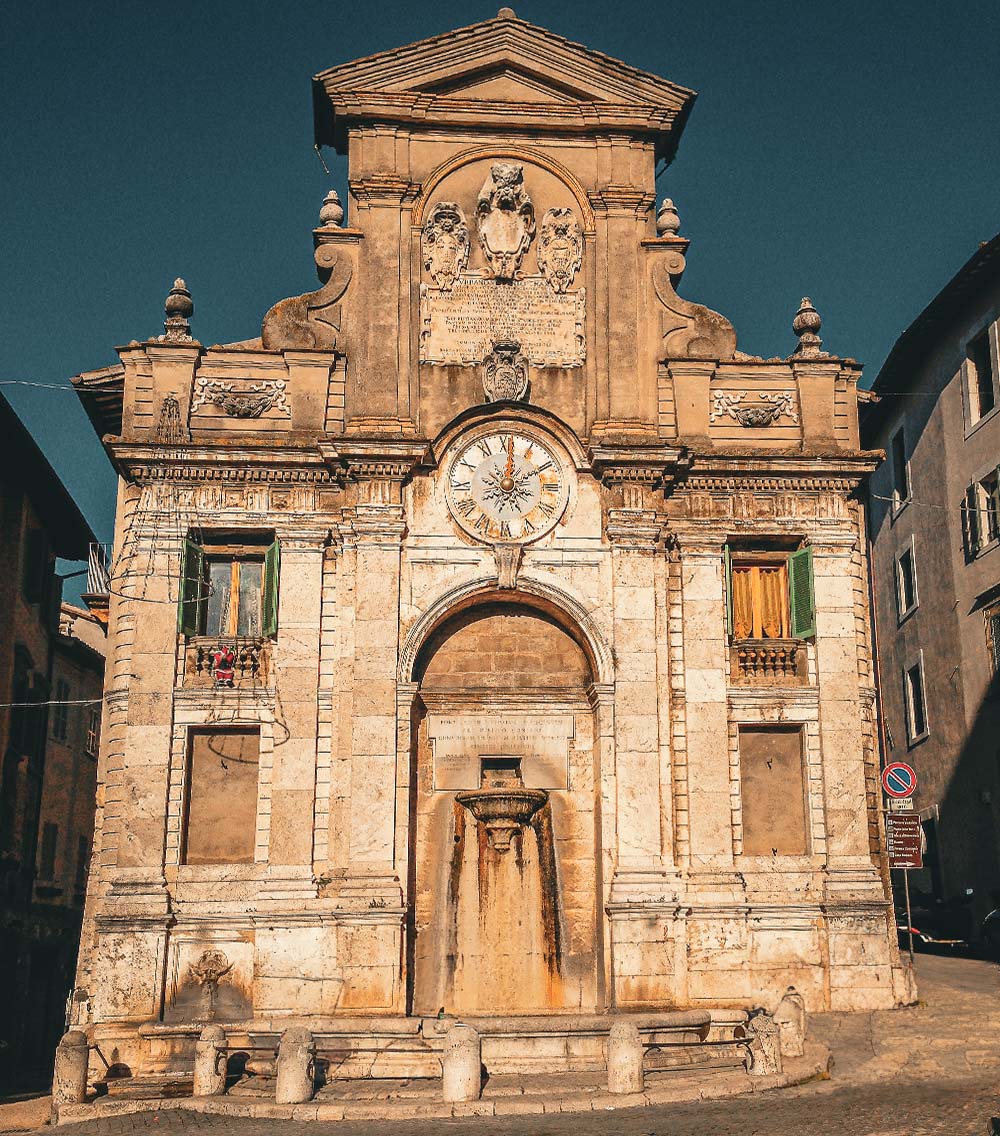
Imposing Spoleto Cathedral is located in this charming ancient town with Roman origins. Renowned artworks, including paintings by Filippo Lippi and Pinturicchio, are housed in this Romanesque masterpiece, which has an arresting façade covered with elaborate reliefs. Spoleto is a must-see if you are visiting Umbria.
Tucked down close to Spoleto, Stifone is a verdant natural haven known for its glistening blue seas and verdant surroundings. Naturalists will find this beautiful location to be the ideal getaway since it provides chances for swimming, picnics, and leisurely hikes along its picturesque pathways.


The vibrant capital of Umbria, Perugia is a fusion of Renaissance and medieval buildings surrounding Piazza IV Novembre. This busy plaza is the site of the magnificent Fontana Maggiore, the San Lorenzo Cathedral, and the ancient Palazzo dei Priori.
A monument to the turbulent past of Perugia, Pope Paul III constructed the Rocca Paolina, an underground stronghold, in the sixteenth century. Explore its winding passageways and chambers, which provide breathtaking above-ground views of Perugia and historical insights into the city.
Perugia and the Umbrian landscape beyond are seen from the Basilica of San Pietro, which is perched on a hill. History fans and architectural aficionados should both make time to see its calm interior and elaborate façade.
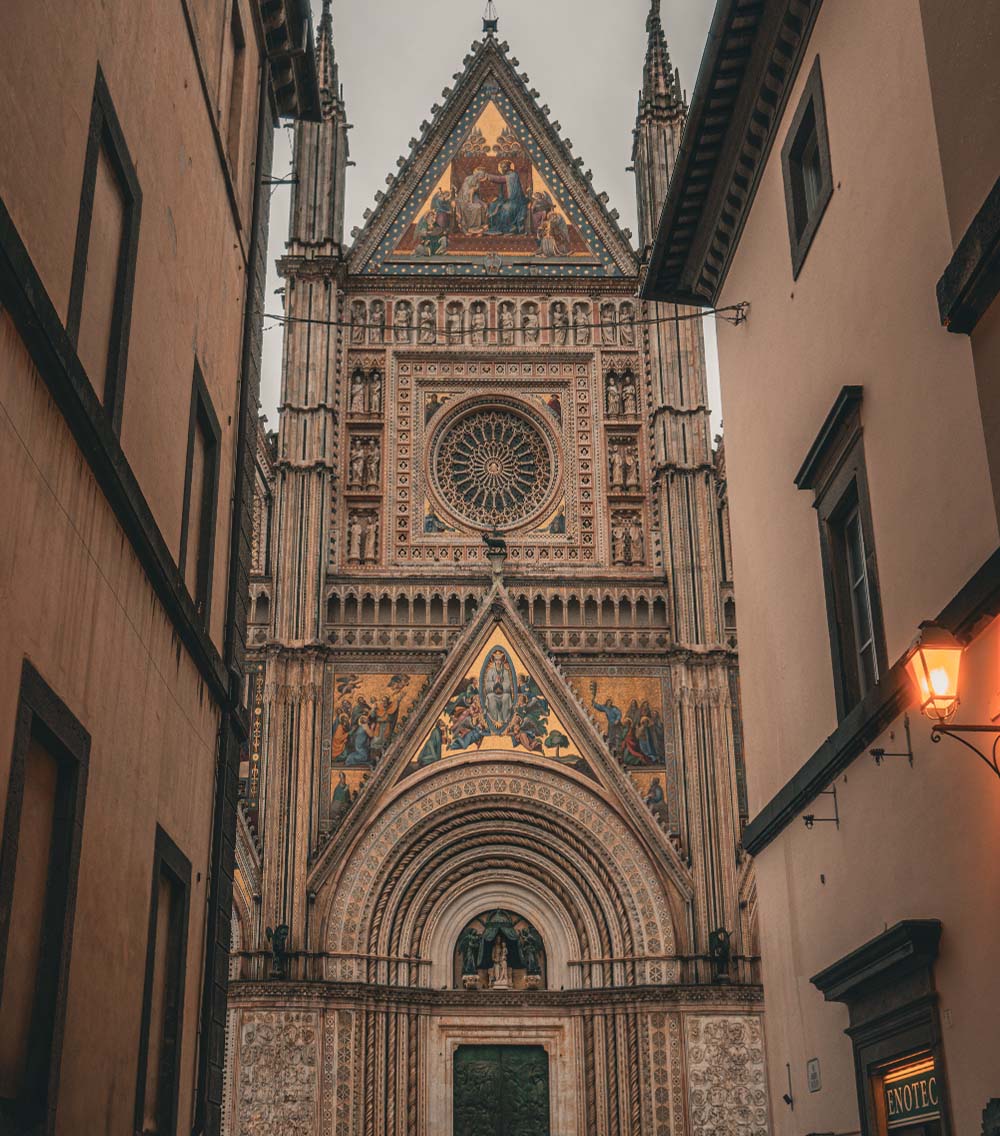
Famous for its spectacular Duomo, a work of Italian Gothic architecture, Orvieto is set high above a volcanic tuff rock. Brilliant mosaics and elaborate sculptures cover the façade, while Luca Signorelli’s magnificent paintings within show scenes from the Apocalypse.
Under the surface of Orvieto is an elaborate system of wells, tunnels, and caverns called Orvieto Underground. Discover the Etruscan roots and medieval usage of this underground realm as a haven and storage space by exploring it.

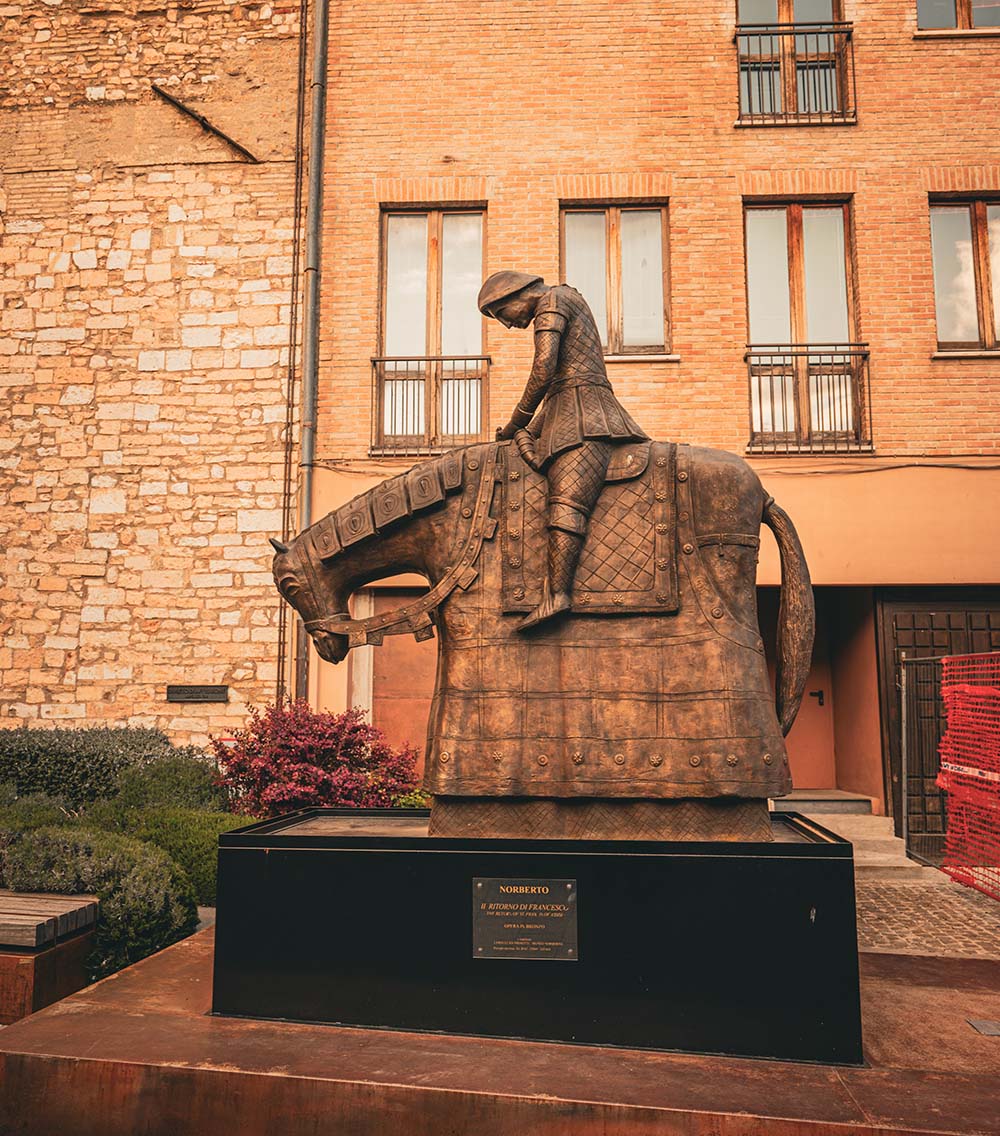
Spello is a little hilltop town well-known for its charming vistas and flower displays as well as its old Roman fortifications. Wander through its little lanes, see the Pinturicchio-painted Church of Santa Maria Maggiore, and take in the lively mood of the town during the yearly Infiorate Flower Festival.
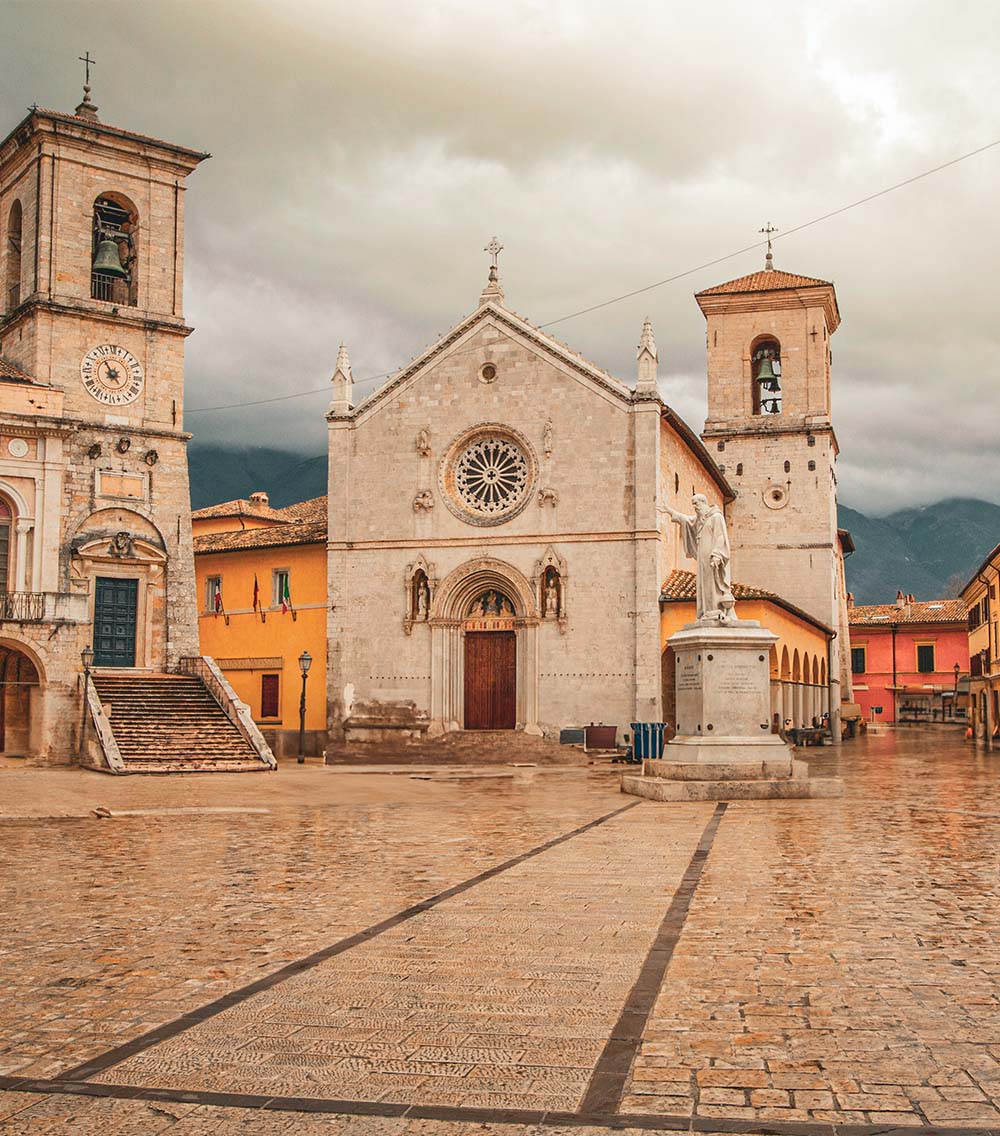
Tucked up in the Sibillini Mountains, Norcia is famous for its truffles and cured meats. Its medieval lanes may be explored by tourists, who can also see the Basilica of St. Benedict and go hiking and cycling in the neighboring national park.
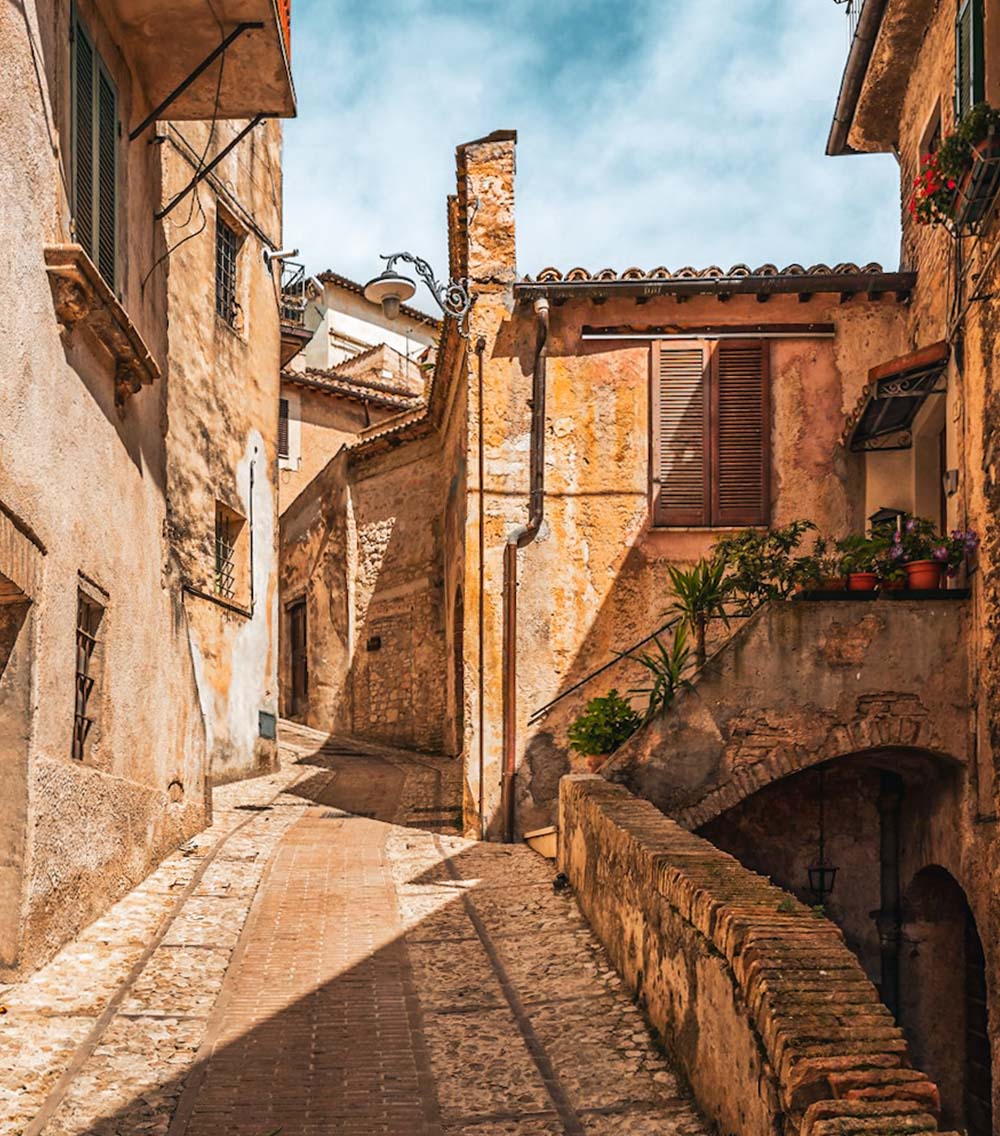
Trevi is famous for its olive oil production and stunning scenery, situated on a hill facing the Clitunno River valley. Its medieval core may be explored, the Church of San Francesco with its magnificent paintings seen, and the expansive Belvedere viewpoint strolled.

Narni is a little hilltop town steeped in mythology and history, renowned for its medieval lanes and old Roman buildings. The Romanesque Cathedral of San Giovenale, the formidable Rocca Albornoziana fortification, and the yearly Corsa all’Anello festival honoring its medieval past are highlights.
Named the “Dying Town,” Civita di Bagnoregio is situated on a collapsing volcanic rock cliff. Only reachable by footbridge, this old hamlet with its winding lanes, medieval churches, and expansive vistas of the neighboring valleys provides a window into Italy’s past.
Rolling hills and a mild climate in Umbria provide ideal growing conditions for vines that yield outstanding wines. For information about Umbrian winemaking customs, sip wines like Grechetto and Sagrantino, and take in breath-taking vistas of the vine-covered countryside, visitors may explore nearby vineyards like those in Montefalco and Torgiano.
Enroll in an Italian cooking class to fully experience Umbria’s culinary legacy. Under the direction of knowledgeable chefs, learn to make classic meals using locally sourced, fresh ingredients. From handmade pasta and sauces to rich desserts, these lessons provide a tasty and instructive practical experience.
Famous for its truffles, Umbria, and Assisi provide the ideal environment for a truffle search. Take a truffle search through the oak and hazelnut woods with the local professionals and their experienced hounds, then sample these expensive treats matched with regional wines and cheeses.
Umbria’s rivers provide exhilarating rafting opportunities for anyone looking for excitement. With knowledgeable instructors, negotiate the Nera, Corno, and Corno river’s rapids and enjoy the adrenaline rush against the stunning scenery of Umbria.
The duration of your visit to Umbria will mostly depend on what interests you and your degree of desire to experience its natural and cultural resources. One week, at the very least, is advised to see the main attractions of the area. This enables you to see important places such as Assisi, Perugia, Orvieto, and Gubbio, take in local food, and maybe even participate in wine tasting or truffle hunting.
To really enjoy Umbria’s museums, cathedrals, and archeological sites, history buffs, and art lovers may choose to stay for more. For those looking for peace and quiet in the great outdoors, more time may be spent trekking in the Apennine Mountains, or just lounging around one of the quaint towns in the area.
We spent there one week during our road trip in central and northern Italy but we wished we could stay for longer.

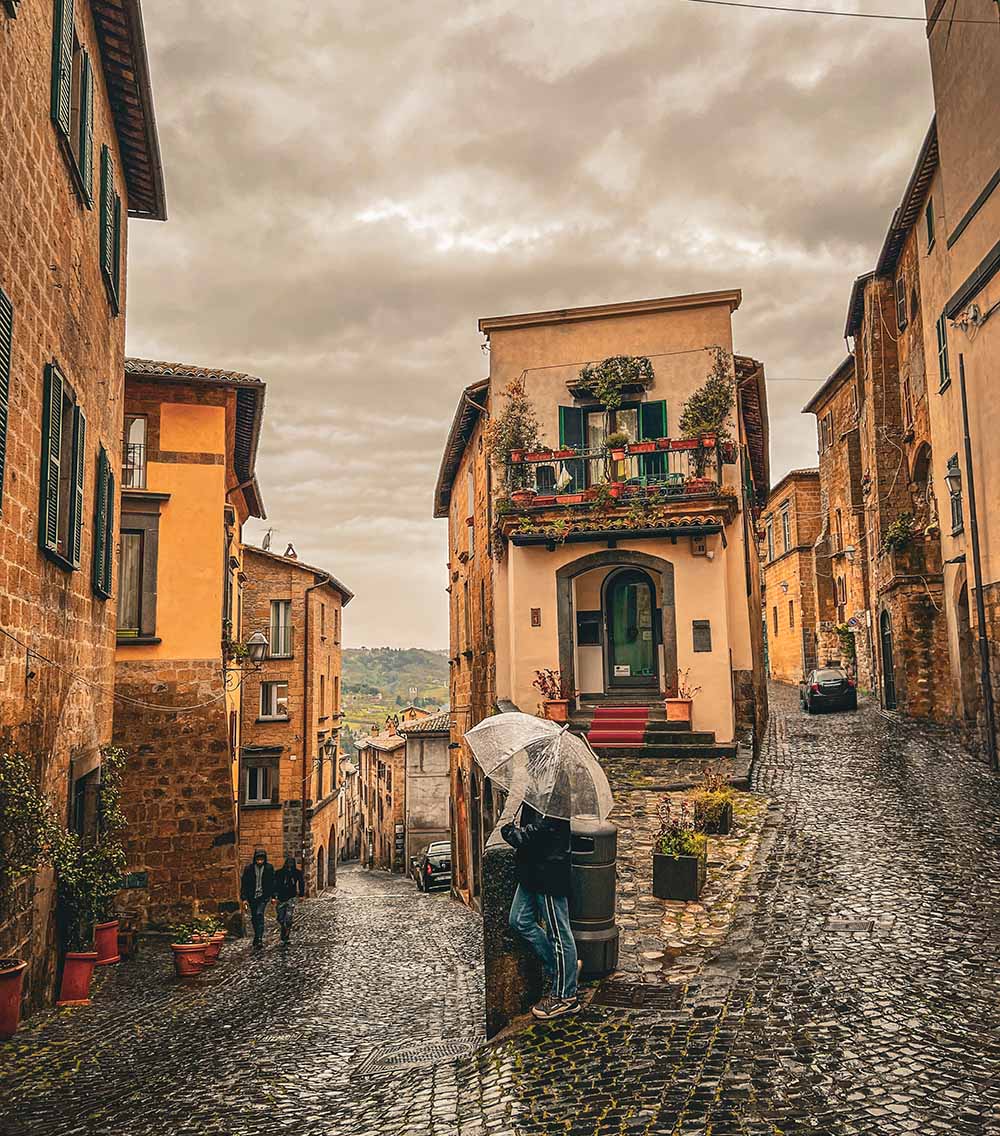
The best time to visit Umbria is during the spring (April to June) and autumn (September to October) months, which provide the most favorable weather conditions and fewer crowds. These months offer a balance of pleasant temperatures, local events, and opportunities for exploration without the overwhelming tourist traffic typical of the summer months
Spring is characterized by mild temperatures and blooming landscapes. Average daytime highs range from 15°C (59°F) in March to about 21°C (70°F) in May. Nights can be cooler, dropping to around 9°C (48°F).
This season is ideal for outdoor activities like hiking and cycling, as well as enjoying local festivals, such as Easter celebrations and flower festivals.
There are fewer tourists compared to the summer peak, making it a great time for cultural immersion and exploration.
Summer can be hot, with temperatures often exceeding 30°C (86°F) in July and August, reaching peaks around 39°C (102°F). The region is sunny, but the heat can be intense.
This is the season for numerous local festivals and events, including food festivals. While it’s busy, outdoor activities like swimming, hiking, and visiting vineyards are popular.
Expect high tourist traffic, particularly in July and August, as many Italians take vacations during this time.
Autumn offers pleasant temperatures, ranging from 20°C (68°F) in September to about 12°C (54°F) in November. The weather is generally dry, with beautiful fall foliage.
This is a prime time for food lovers, with the olive and grape harvests providing opportunities to taste fresh local products. Festivals celebrating the harvest are common.
Similar to spring, autumn sees fewer tourists, allowing for a more relaxed experience.
Winters are cold, with daytime highs around 9°C (48°F) and lows often dropping below freezing. Snow is possible, especially in the mountainous areas.
While it’s the quietest season, winter offers unique experiences such as Christmas markets and the chance to enjoy local cuisine in a cozy setting.
This is the low season for tourism, so expect fewer visitors, particularly in January.


Umbria is well known for its art treasures, rich cultural legacy, medieval hilltop villages, and delicacies like truffle and Sagrantino wine.
To fully see Umbria’s top sights—which include cities like Assisi, Perugia, Orvieto, and Gubbio—as well as leisurely pursuits like trekking and wine tasting, allow three to five days.
Popular options because of their historical importance, cultural offerings, and handy transit connections include Assisi, Perugia, Orvieto, and Spoleto.
Those looking for a laid-back Italian getaway will find Umbria to be a calmer, more personal experience than Tuscany’s bigger towns and busy tourist destinations.
No, Tuscany to the northwest, Marche to the east, and Lazio to the south all about Umbria, a distinct area in central Italy.
Umbria does, in fact, provide a very Italian experience with its tranquil scenery, ancient villages, art treasures, and delectable food.
Indeed, Umbria is usually seen as a safe place for tourists to visit, however, in tourist regions common sense measures like protecting possessions are advised.
Perhaps derived from Latin meaning “shadow” or “shaded,” the name “Umbria” comes from the ancient Umbri people who lived in the area.
About 160 kilometers (100 miles) north of Rome lies Umbria; depending on traffic, the drive takes about two hours.
Approximately 8,456 square kilometers (3,264 square miles) in size, Umbria is one of Italy’s smallest regions renowned for its high cultural richness.
About 150 kilometers (93 miles) southeast of Florence, Umbria is reached by vehicle or rail in 2 to 2.5 hours.
A practical travel choice is the two to three-hour train trip from Rome to the main Umbrian towns of Perugia or Assisi.



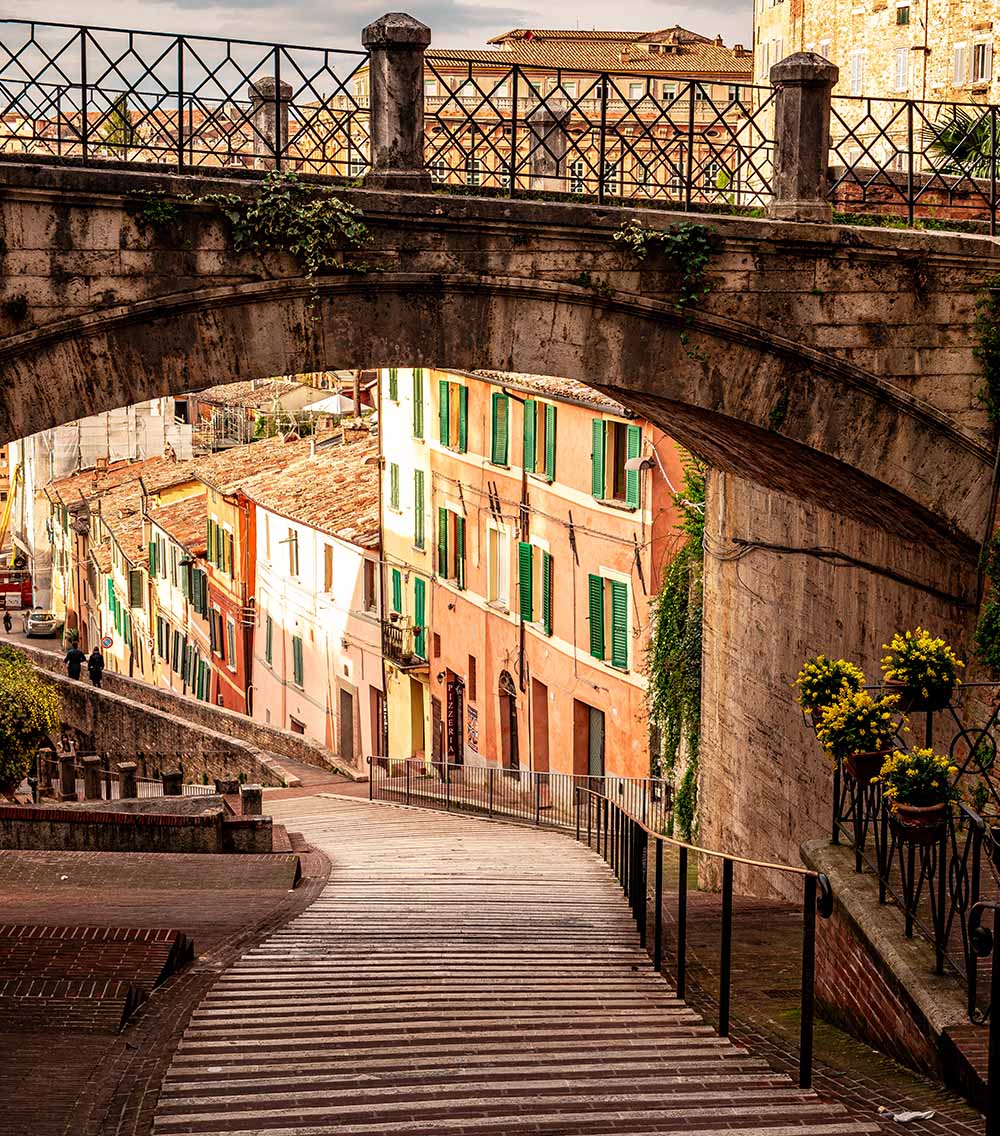

No Comments